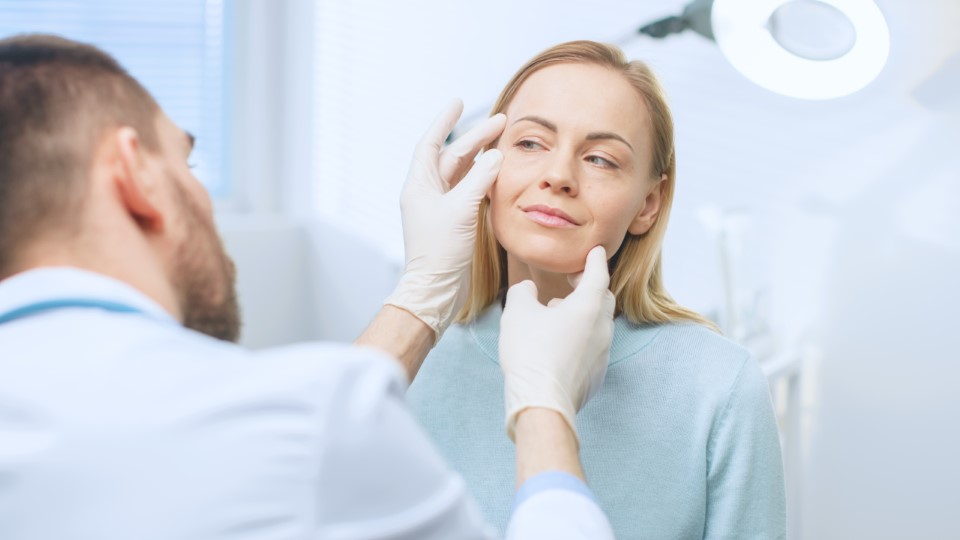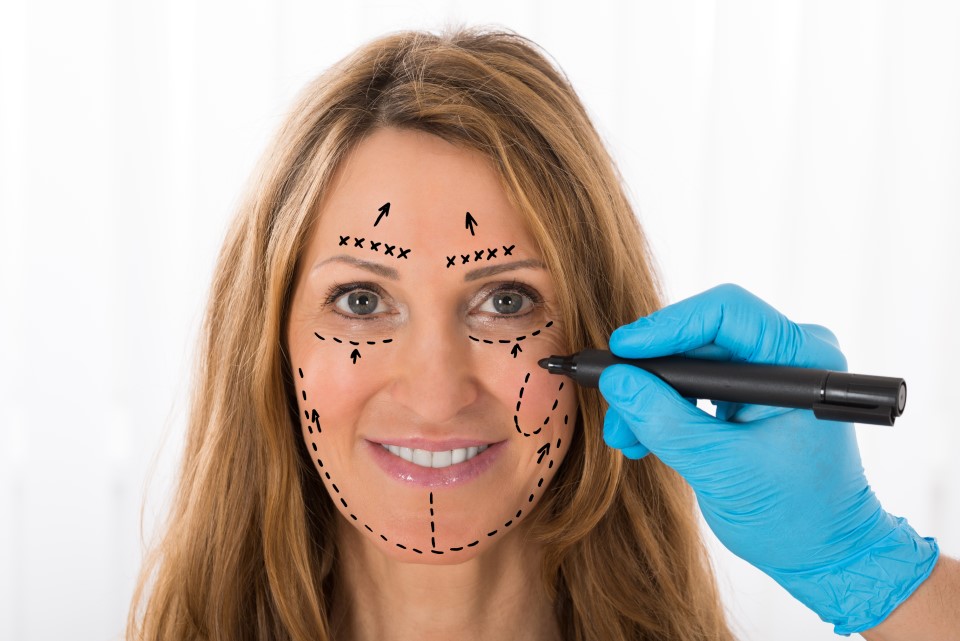No products in the cart.

Are you considering rejuvenating your appearance with a facelift but are unsure about the costs involved? You’re not alone. One of the most common questions prospective patients ask is, “How much is a facelift in Australia?”
This blog aims to demystify the costs associated with this transformative procedure, shedding light on various factors that influence pricing and offering insights into making an informed decision.
Facelift surgery is a popular cosmetic procedure in Australia, offering a rejuvenated appearance by addressing sagging and signs of ageing.
A facelift, also referred to as a rhytidectomy, is a facial plastic surgery procedure that targets these signs of ageing. It works by tightening sagging skin, muscles, and removing excess fat. While facelift surgery mainly focuses on the lower two-thirds of the face, it can be combined with other surgeries, such as eyelid surgery, for a more comprehensive look.
Facelift procedures aim to restore a more rejuvenated and refreshed appearance. By addressing sagging jowls, deep-set wrinkles, and loose skin, a specialist surgeon can create subtle, natural-looking results. This cosmetic procedure often provides benefits that build upon non-surgical interventions, like creams or fillers.

Selecting a qualified surgeon is crucial if you’re considering having a facelift in Australia.
The cost of a facelift will vary depending on multiple factors, and they will be further influenced by the surgeon’s experience to the surgical procedures chosen. While we will detail the individual components here, it is important to note that no two facelift procedures are the same, and a standard price is not achievable. Only a specific consultation with your selected surgeon will allow for a proper quote to be given.
Selecting a qualified surgeon is crucial, it is the number one factor that will influence the outcome of your result. So it is important to choose a surgeon with the experience that you are comfortable with.
Experienced surgeons often charge higher fees, but they come with the advantage of proven expertise and safety. Specialist surgeons who have made a mark in facial plastic surgery typically have vast portfolios showcasing their work, ensuring confidence in their outcomes.
Always ask for references and examples of past work, including lengthy after periods, to make an informed decision around the quality of your selected surgeon’s work.
In Australia, the region where you undergo facelift surgery can influence the price. For instance, cities like Sydney or Melbourne might have higher costs due to their urban nature, while more rural areas might not. However, it may also be harder to find the experience you might be looking for in rural areas, necessitating additional travel expenses to have your surgery.
Facelift techniques will vary significantly. From the deep plane facelift, which offers profound corrections, to the less invasive mini facelift, you have many solutions to address the aesthetic goals that you have for your facial features.
Each of these surgeries will have their unique benefits, with factors like recovery time, results longevity, and of course, cost. For instance, a mini facelift cost might be lower, but it addresses fewer areas. But your facelift goals will also dictate which surgery is most likely to achieve your goals, as it is important to align with your goals to help achieve the desired result.
The venue of the surgery plays a role in the total cost. While some might opt for a hospital due to its comprehensive facilities, others might choose specialised surgery clinic. The former might have higher hospital fees, while the latter can provide a more tailored experience.
Beyond the facelift procedure itself, patients must account for anaesthesia fees. Depending on the surgery’s extent, the anaesthesia type and duration can vary. Post-operative medications, including pain management and antibiotics, also add to the overall expense.
Beyond the facelift procedure itself, there are other expenses to factor into the equation.
Before the actual procedure, consultations with a facial plastic surgeon are paramount. These sessions help you understand what to expect, potential risks, and the anticipated outcome. While some clinics might offer this for free, others may charge, adding to the facelift’s total cost.
After undergoing facelift surgery, post-operative care is vital. This involves follow-up visits, potential treatments for swelling or bruising, and medications. While some of these costs might be bundled with the surgery price, it’s crucial to account for them separately to ensure there are no financial surprises.
On rare occasions, a patient might require revision or reconstructive surgery. This could be due to unforeseen complications or dissatisfaction with the initial results. It’s always good to discuss these potential additional costs with your surgeon beforehand.

Making a well-informed choice about your facelift is as vital as the procedure itself.
Managing the expenses of cosmetic surgery requires planning and understanding available financial avenues.
Financing can make facelift surgery more accessible. Several institutions offer medical loans specifically tailored for cosmetic and surgical procedures. These loans often have competitive interest rates and flexible repayment terms, enabling patients to manage their finances better.
Many clinics recognise the financial strain of cosmetic procedures. As such, they offer in-house payment plans, allowing patients to spread the cost over several months or even years. This flexibility ensures that more people can access quality services without immediate financial stress.
Most health insurance plans in Australia don’t cover elective cosmetic surgery. However, if the procedure has a medical necessity, such as after an accident, there might be some coverage. Always check with your insurance provider to determine what’s possible.
Ensuring that you make a well-informed choice about your facelift is as vital as the procedure itself.
When considering a facelift, thorough research is invaluable. It’s essential to understand the procedures performed by various surgeons, read reviews, and even meet with multiple doctors. These consultations will provide insights into what to expect and which specialist plastic surgeon aligns best with your goals.
While it’s natural to seek competitive prices, the facelift’s quality and safety should never be compromised. Ensure that you select a board-certified and experienced surgeon. Remember, in cosmetic surgery, sometimes you get what you pay for.
While a facelift primarily targets the lower face and jowls, it does not always include a neck lift. However, many patients choose to combine the two procedures for comprehensive rejuvenation, addressing sagging skin on both the face and neck. It’s essential to discuss your aesthetic goals with your surgeon to determine the best approach.
The best age for a facelift varies for everyone. Typically, patients in their 40s to 60s consider facelifts, as this is when visible signs of ageing become pronounced. However, factors like skin elasticity, bone structure, and overall health play significant roles. A consultation with your selected surgeon will help determine if this is the right age for you to have a facelift procedure.
A facelift’s results can last for years, depending on the surgical technique used and the patient’s individual factors like skin quality and lifestyle. While a facelift can help improve your look, it doesn’t stop the ageing process. Maintaining a healthy lifestyle and proper skin care can extend the rejuvenated appearance that was achieved through the facelift procedure.
To find out more information about our procedures, or to book a consultation with Dr Michael Zacharia to discuss your aesthetic goals, give us a call or complete the form.
You can also take our online assessment form, to help better understand your suitability for a facelift procedure. This easy online form will be looked at by the team, and they can provide feedback to help better inform you on suitability for a facelift.
Reminder: You will need a GP referral. Guidelines have changed and AHPRA requests all patients who have a cosmetic or medical procedure to have a GP referral. You can fax your referral to 02 8072 6824 or email office@drzacharia.com.au.